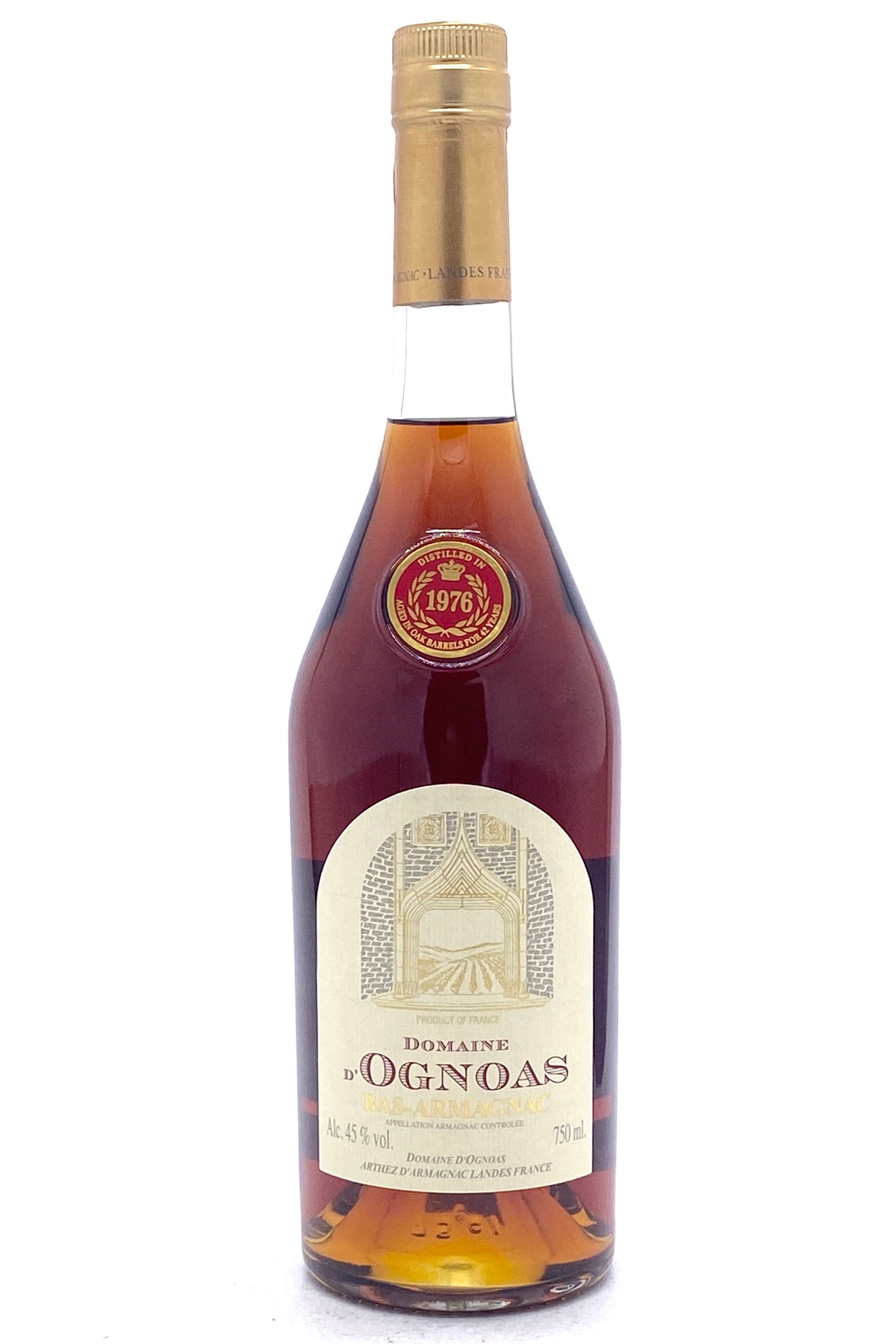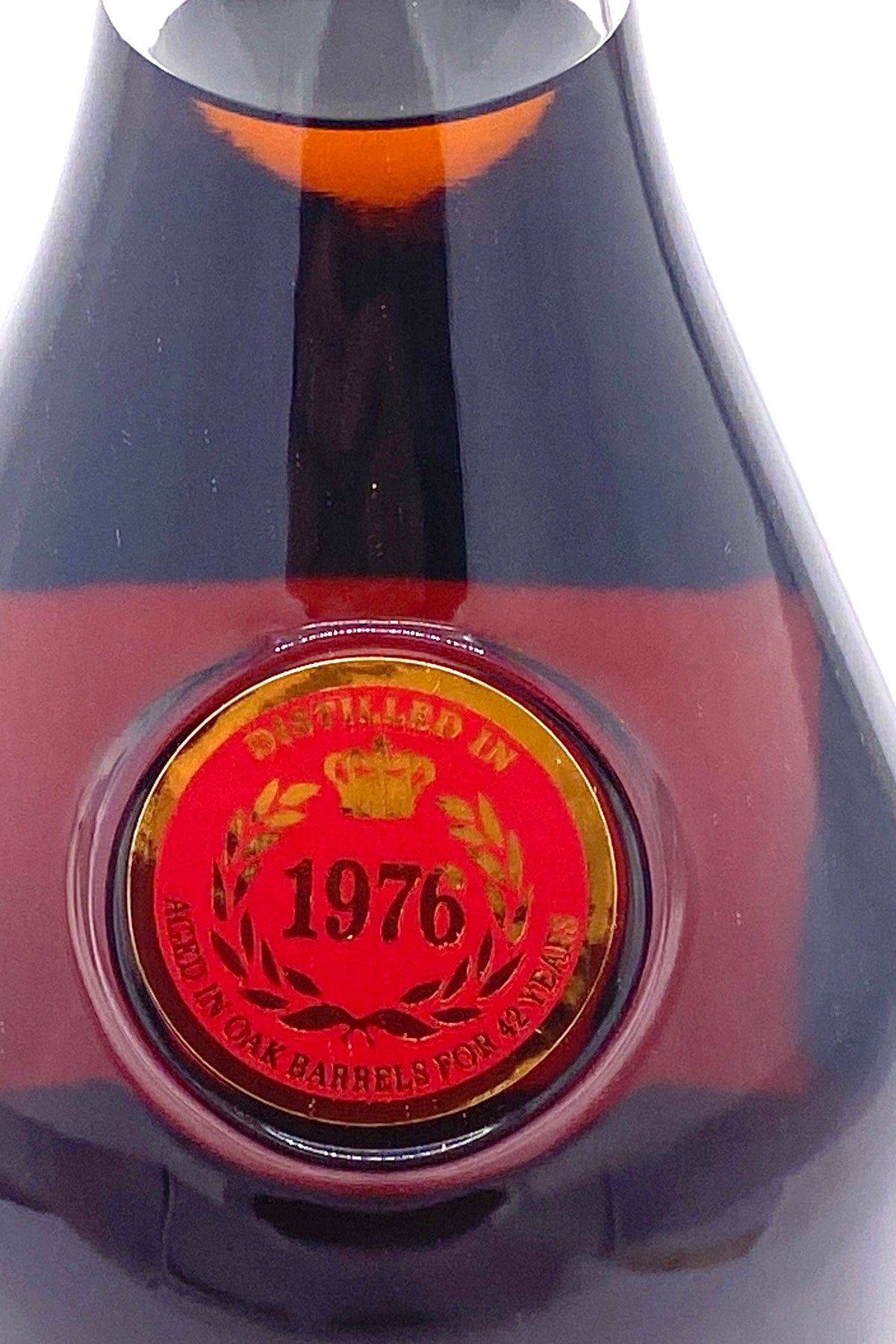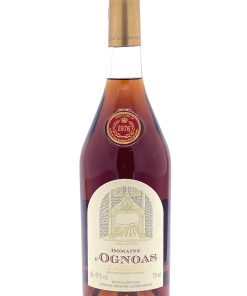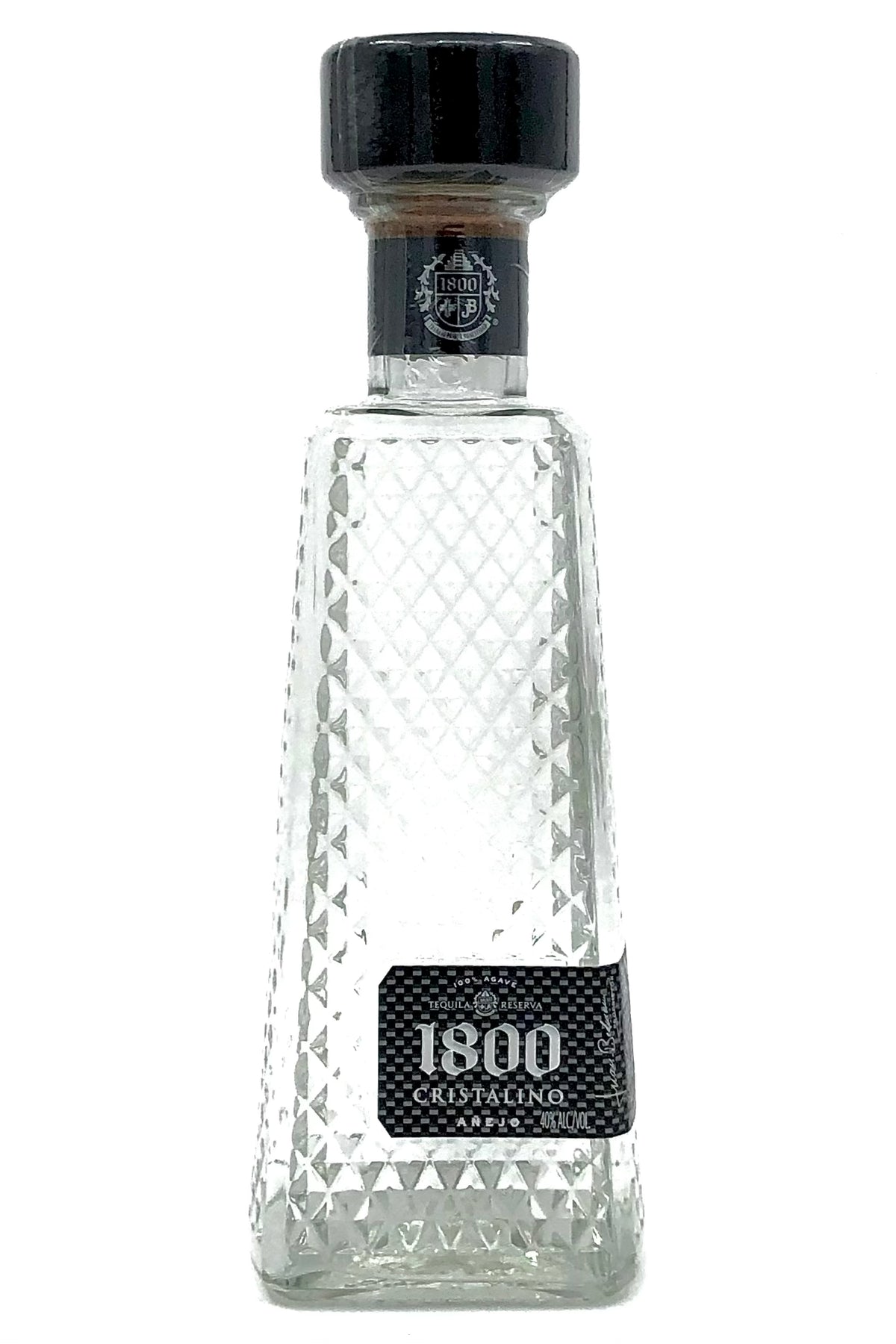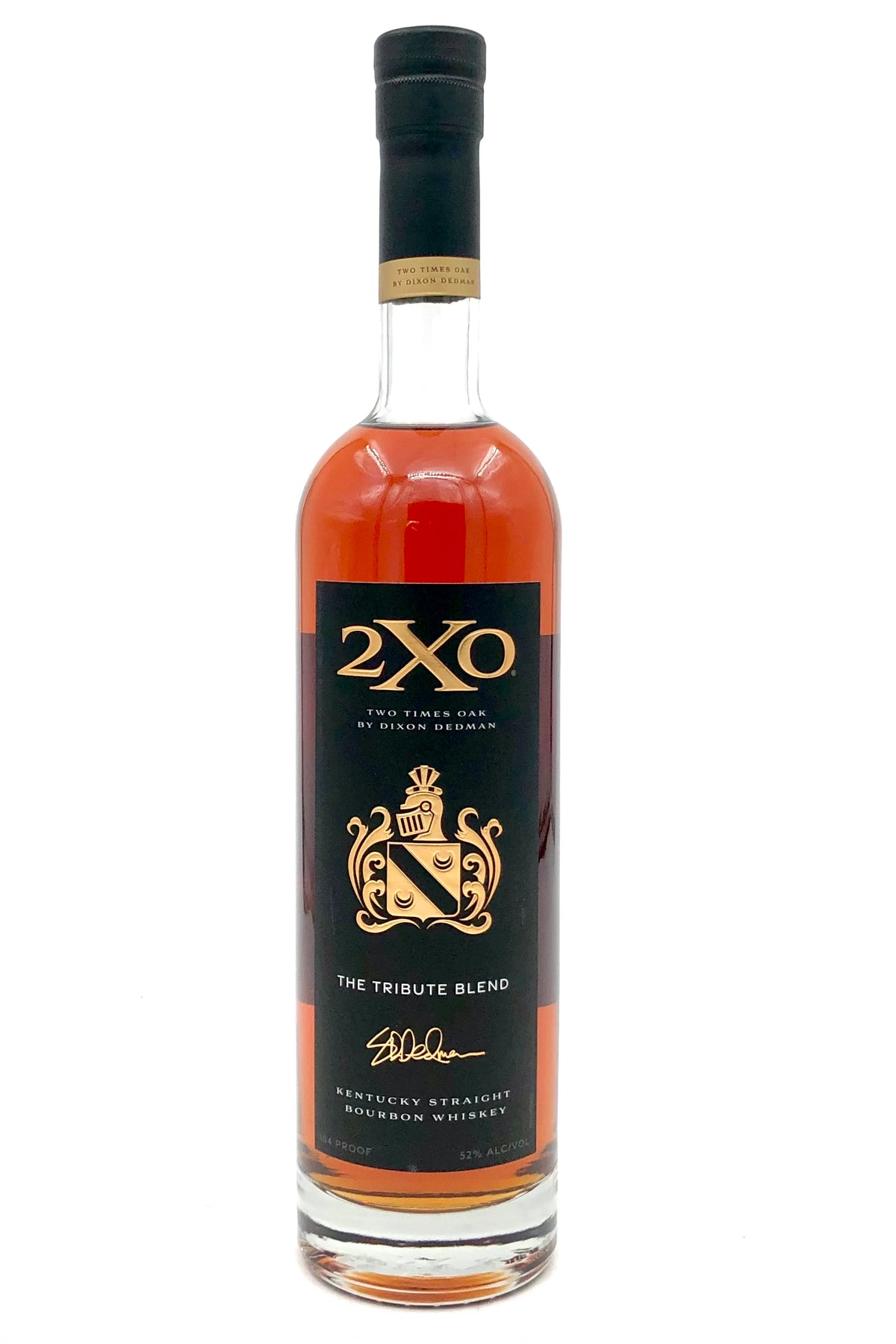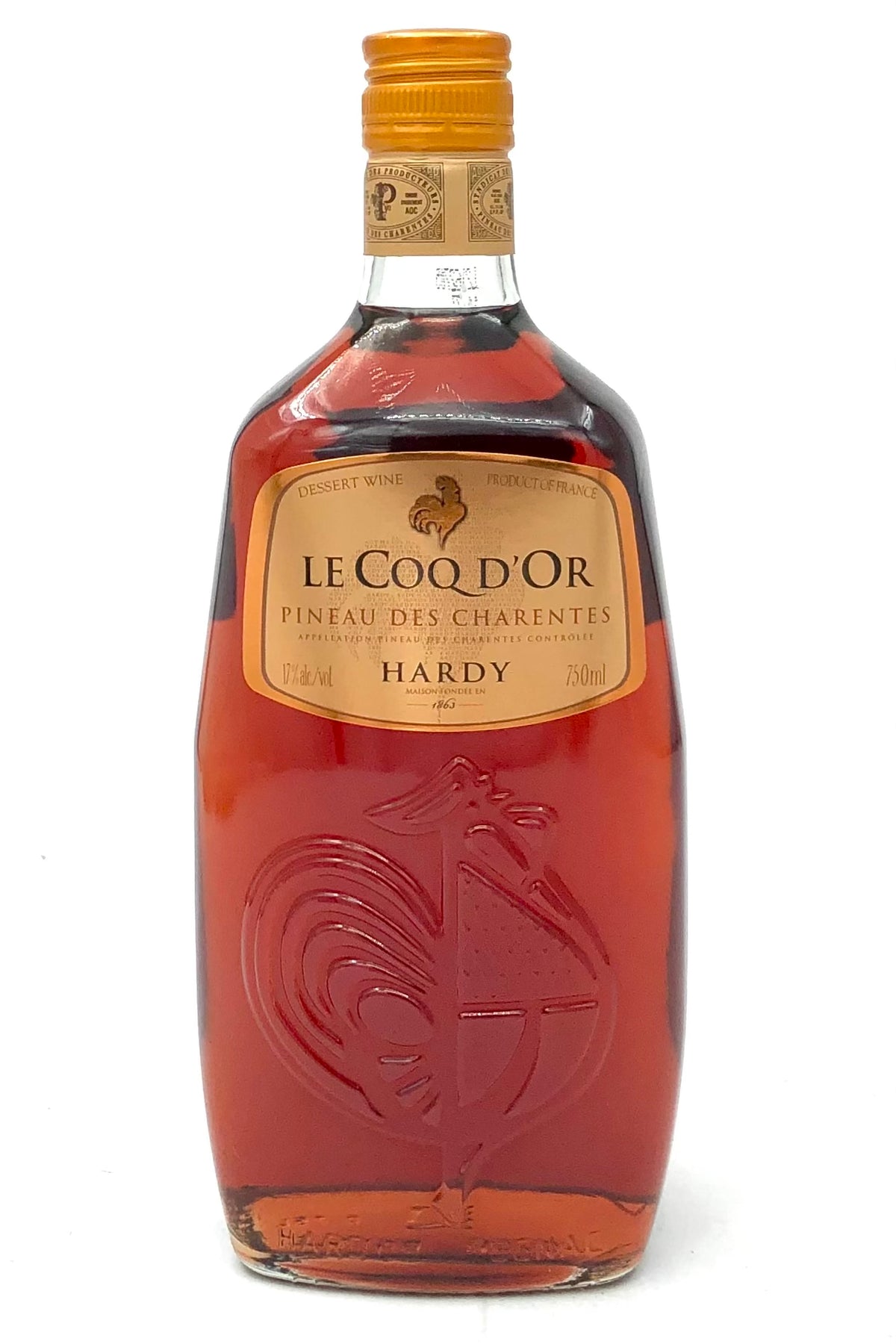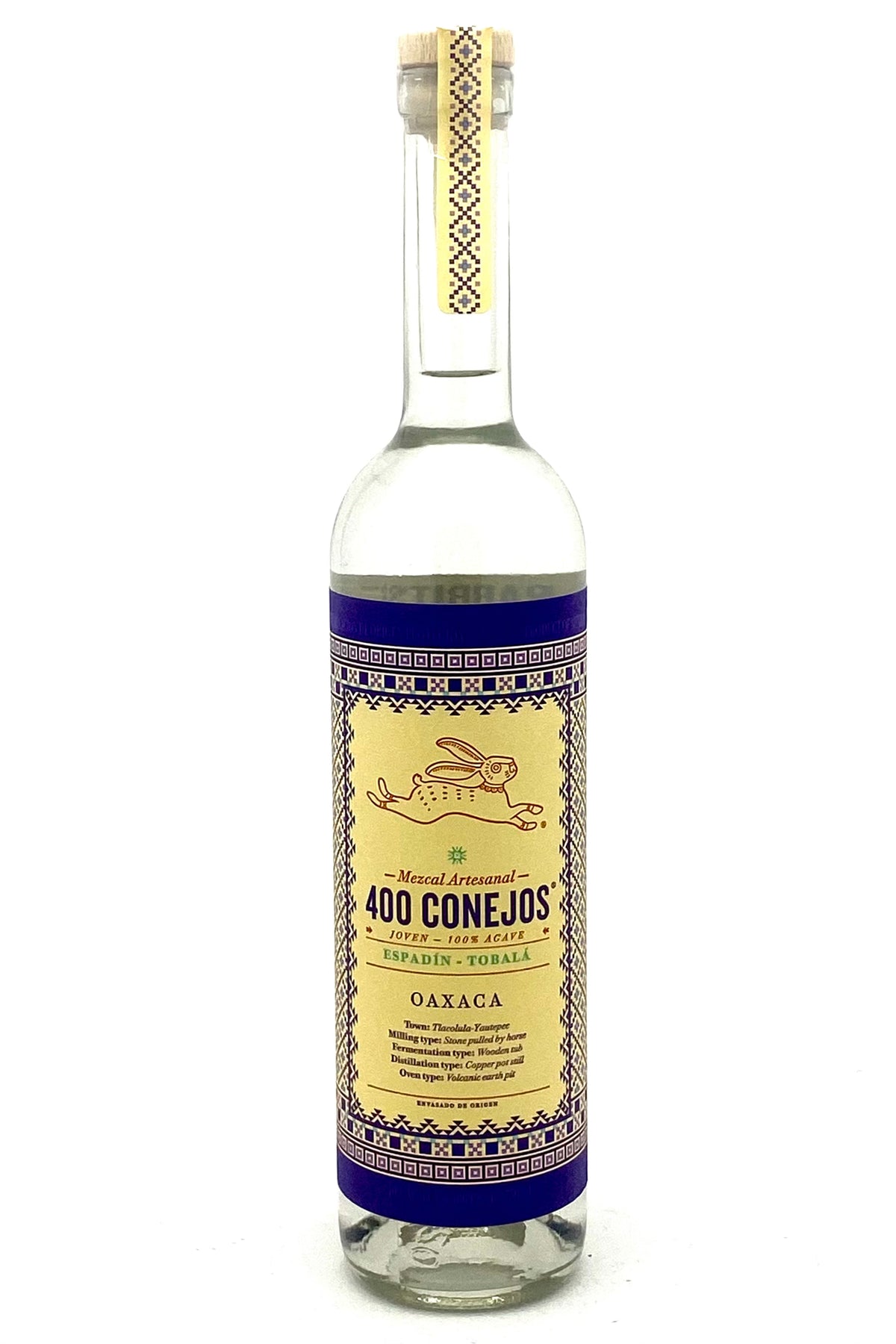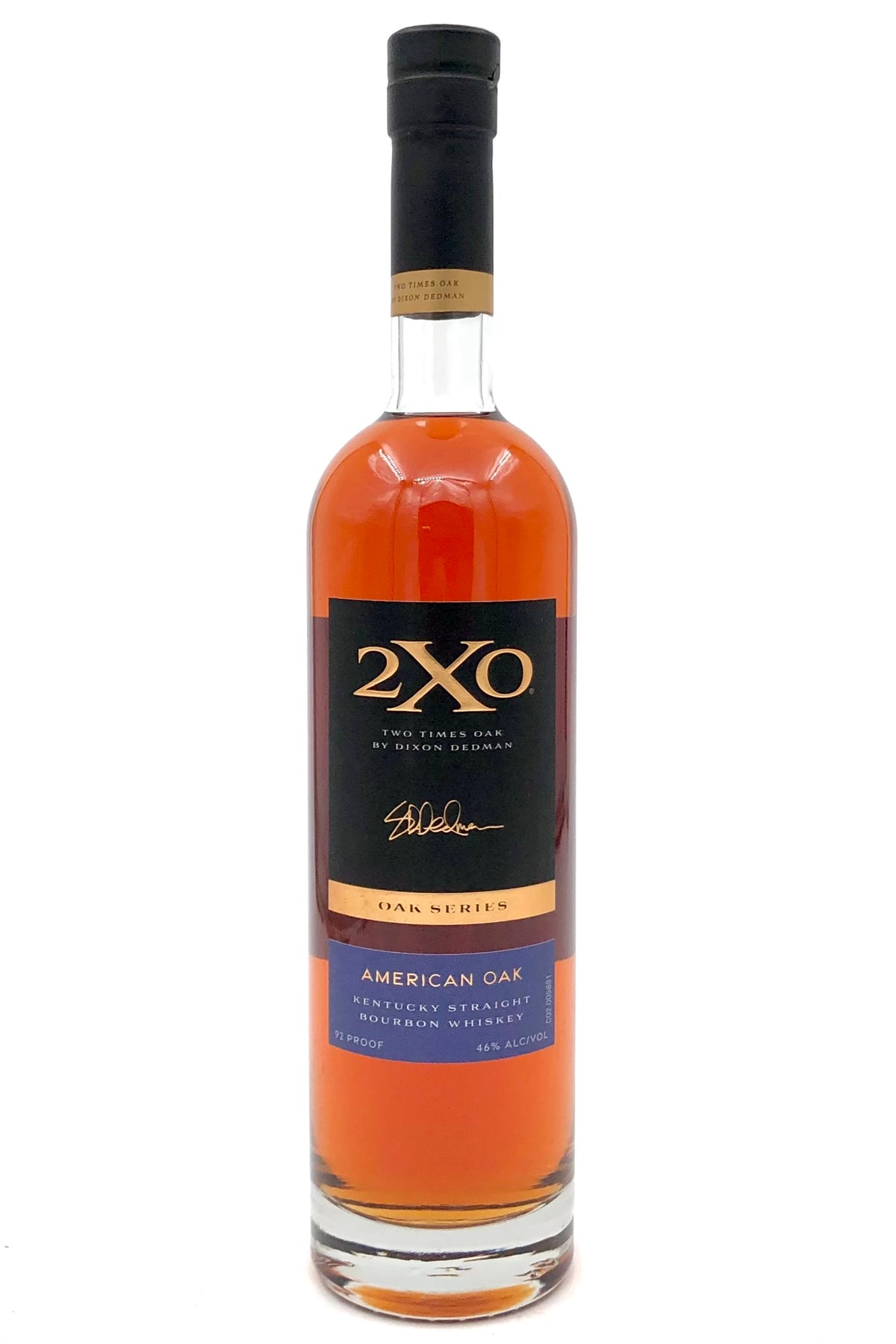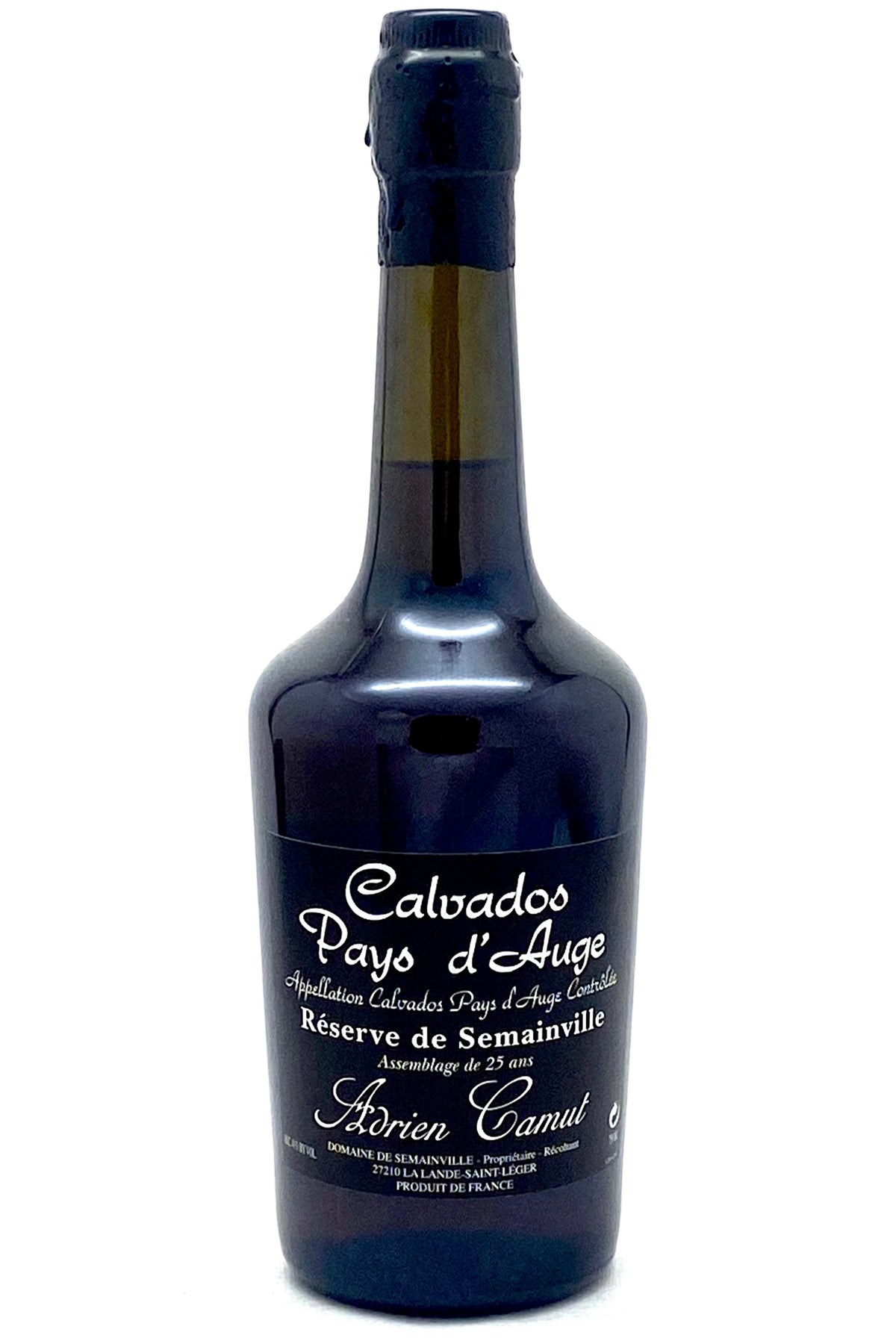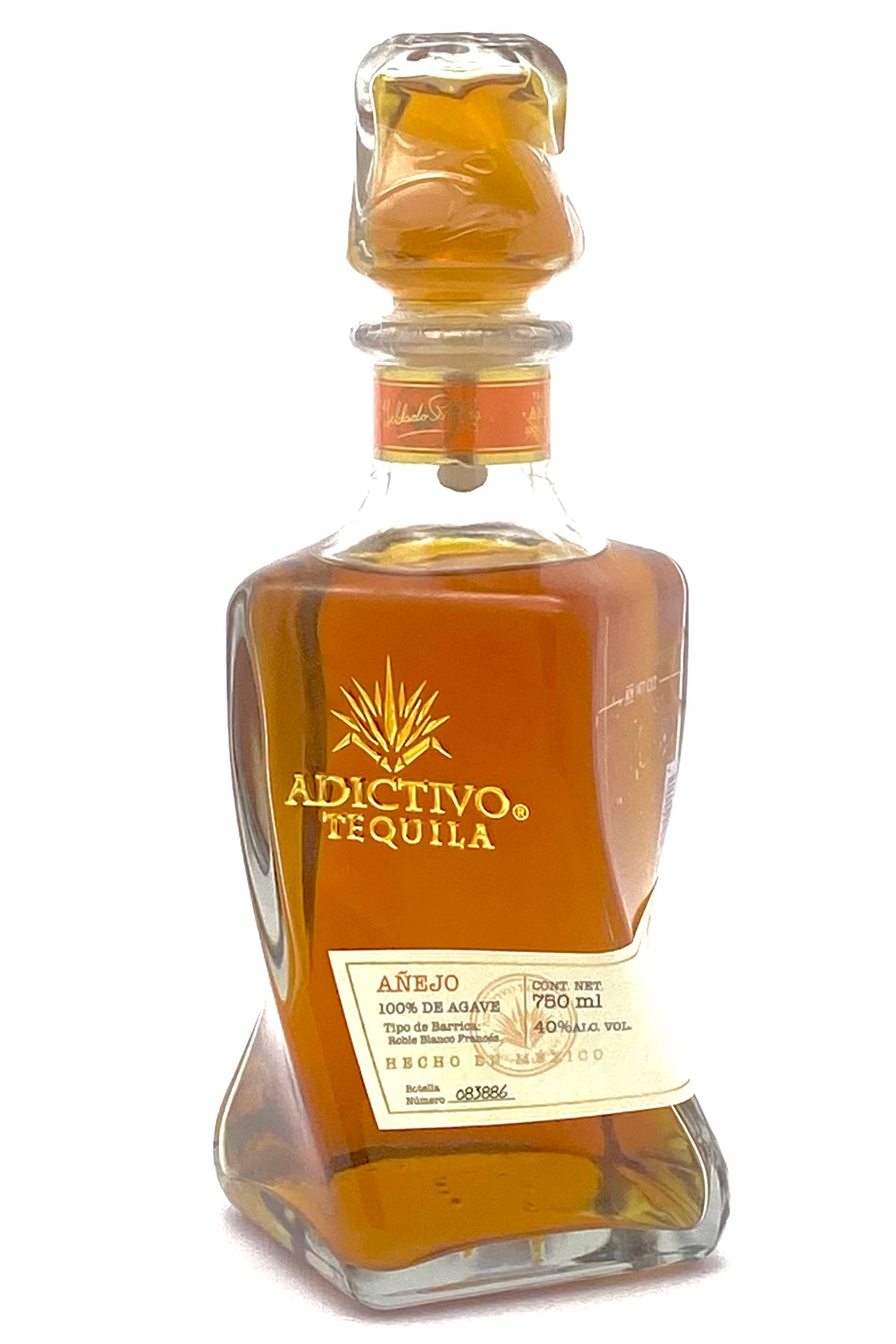Domaine D’Ognoas Vintage 1976 Bas-Armagnac Charles Neal
$ 200,00 $ 80,00
750 ml, 40% ABV
Domaine d’Ognoas 1976 Bas Armagnac, tasted by the “Best Sommelier in the World” Andreas Larsson: “Candied Fruit, Chocolate, Nutty Nuts The colour is more than deep golden, I would say light amber, and the rim is pretty thin, so it indicates it has a fair amount of age here. The nose really confirms it. High complexity here, there is a lot of stuff going on. Far from that youthful and primary notes. Here we have some balmy notes, very high intensity, we have some volatile compounds. I think all old spirits have that, so it is not a negative thing, but is adding intensity and complexity to it. Then we can add to the spicy notes; spice box, with notes of cedar wood, tobacco, a lot of candy, like hazelnuts, or like chocolate coated hazelnut or that kind of nutty, chocolatey stuff. A really complex and inviting nose. Great intensity on the palate, really powerful, persistent, with great length, really multi-layered in terms of flavour, it keeps happening, a lot of things, on the palate. I would say once again the alcohol is finely integrated here, it rather adds a certain amount of freshness to this one. Plenty of nutty, spicy and smoky flavours. Really, really long finish. So I would probably opt for something like thirty years old, going back in time, at that stage it should display this kind of complexity. Very good.”
The Ognoas estate dates back to the end of the 11th or the beginning of the 12th century. Ognoas belonged to the Viscounty of Marsan which in turn was part of the property of the Viscounty of Béarn until 1607. The origin of its name is up for debate, as there are a number of different spellings cited throughout its recorded history: Onhoas, Ognouax and Oignoa. Some claim the name derives from the Gaul Onnos, who resided on its site. Some locals assert that it comes from the name of the highly perfumed onions that grow in abundance within its soils. Still others put forth that the name derives from the Latin Unio or Unionis, meaning agreement, accord or perhaps even state of matrimony.
At any rate, in 1770, Etienne Lormand purchased the Ognoas estate which was inherited by his son oldest son Nicolas, who also purchased the Manoir de Tampouy nearby. His younger brother Jacques-Taurin, an attorney and later a politician, died in 1847 and, having outlived his brother but having no heirs, bequeathed 4 million francs in gold to a number of religious and philanthropic institutions. The estates of Ognoas and Tampouy were left to the little seminary in the diocese of Aire-sur-l’Adour. A portrait of Jacques-Taurin can be seen in the tasting cellar today. The painting is registered as a historical monument.
The estate was overseen by the Bishop of Aire-sur-l’Adour until the Law of 1905 that separated Church from State when the property was transferred from the Diocese to the Department. The 650-hectare estate thus came under the responsibility of the Landes General Council, which chose to make this exceptional site a showcase for the Landes area. The main buildings on the estate have been completely renovated and are open to the public.
The Estate Today: A Gem of a Still
Today, the Domaine d’Ognoas is an agricultural holding combining almost 50 hectares of viticulture and more than 100 hectares of agriculture (corn, soya and sunflowers). The estate also boasts a forest covering some 300 hectares that provides the wood used to make their Armagnac barrels.
The main building was built on a natural plateau overlooking the Midou River to the west. Toward the end of the 1400s, the fortified house was transformed into a more comfortable residence that included a spiral staircase tower and its lavishly decorated doorway. The building now houses the reception, boutique and tasting cellar at Ognoas.
The gem of the estate is certainly their 1804 still, designated a historic monument in 2004 and still in use today. Records of brandy production at Ognoas date as far back as the 1780’s. The Ognoas still is one of those designed in Armagnac in the early years of the 19th century, calling on the technique of continuous distillation. It is fitted with plates containing spider’s legs, an improvement ascribed to the Sier family of still makers. It has never been out of service since it was first built, making it the oldest working still in Gascony. Ognoas supplements its production with an old traveling still from 1936 which has been fixed to the ground since 1999. Together with the 1804 still, it is used to distill the estate’s 500 hectoliters of armagnac between the beginning of November and the beginning of December.
Ognoas has a number of storage chais on their grounds. One lies a couple miles away and another next to the main house where the youngest spirits rest in new oak for several years. The staves are air dried on the property and fabricated by the famed Gilles Bartolomo at his nearby cooperage. The wood, from the time the tree is felled until armagnac is housed within it, travels a total of 5 kilometers!
Once the spirits hit their teenage years, they are transferred to one of two other chais where they age peacefully in older oak. These storage areas are well ventilated and experience the vagrancies of temperature depending upon the season of the year.
Fast Delivery and Professional Packaging
Our long-standing partnership with UPS FedEx DHL and other carriers around the world lets us offer a range of shipping services. Our warehouse employees will pack each item according to our strict requirements. Prior to shipping, your goods are carefully examined and securely secured. We ship to thousands of customers each day across different countries. This is a testament to our commitment to be the biggest online retailer in the world. Warehouses and distribution centers are located throughout Europe as well as in the USA.
Orders with more than 1 item are assigned processing periods for each item.
Before shipping, all ordered items will be thoroughly examined. Currently, most orders are shipped within 48 hours. Delivery time ranges between 3-7 days.
Returns
The stock is constantly changing. It's not completely managed by us, as we're involved with several organizations, such as the factory and the storage. So the actual stock may alter at any time. Please be aware it's possible your order could run out of stocks once you've placed your order.
The policy is 30 days. If 30 days have gone without a trace since the purchase, unfortunately we can't offer an exchange or refund.
The item should not be in use and must be in the original packaging. The item should be returned in its original packaging.
Related products
SPIRITS
SPIRITS
SPIRITS
SPIRITS
SPIRITS
SPIRITS
SPIRITS
